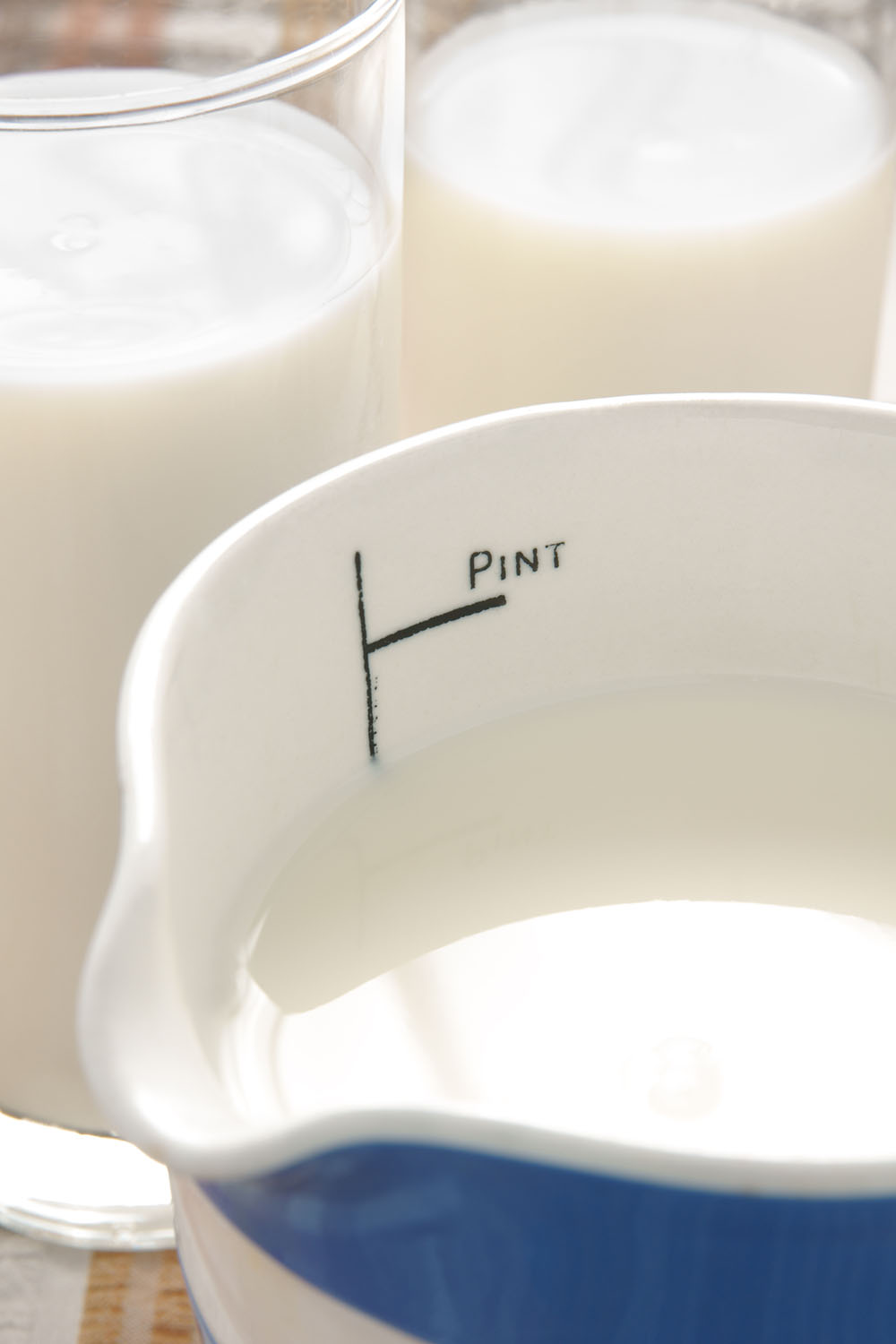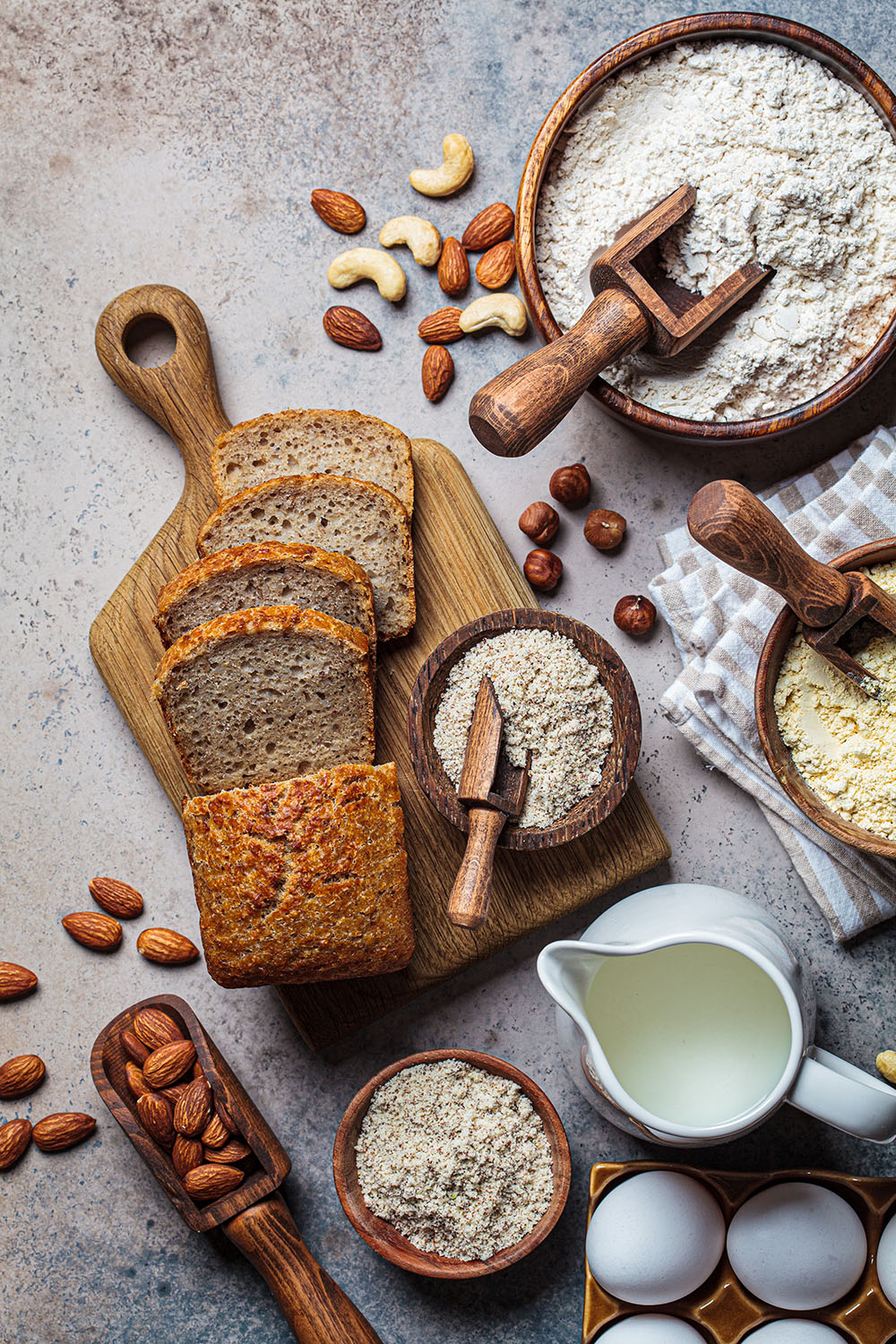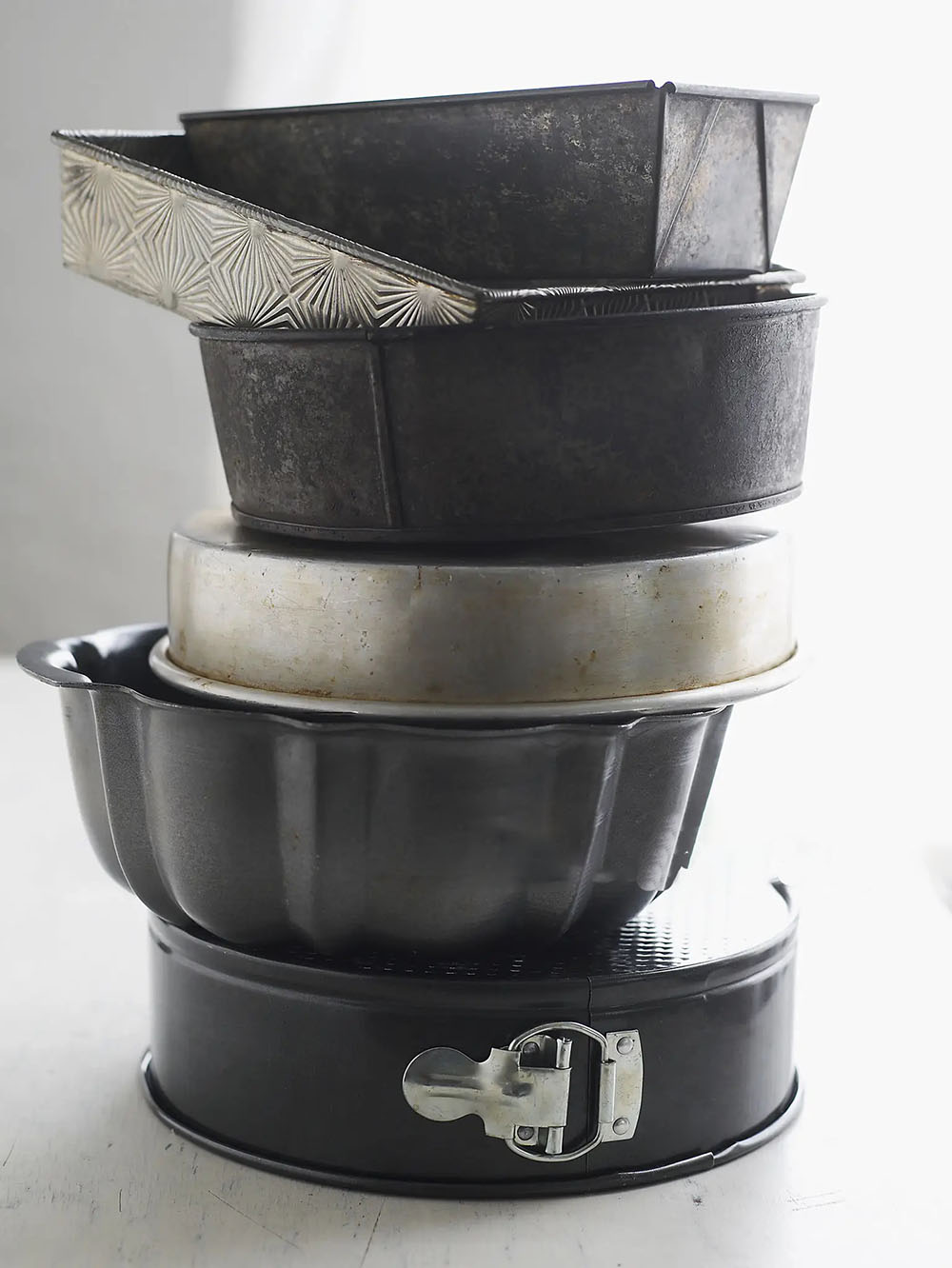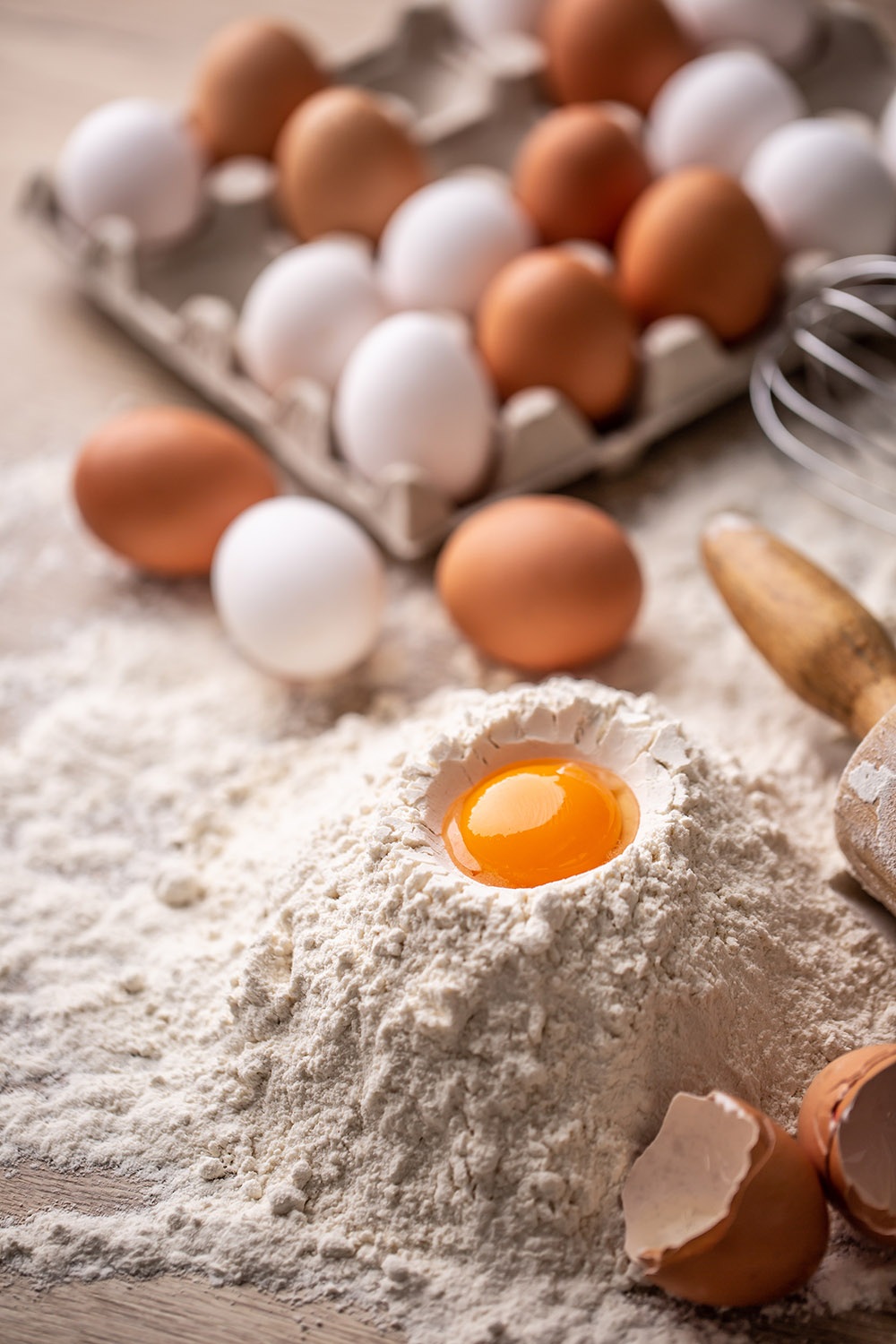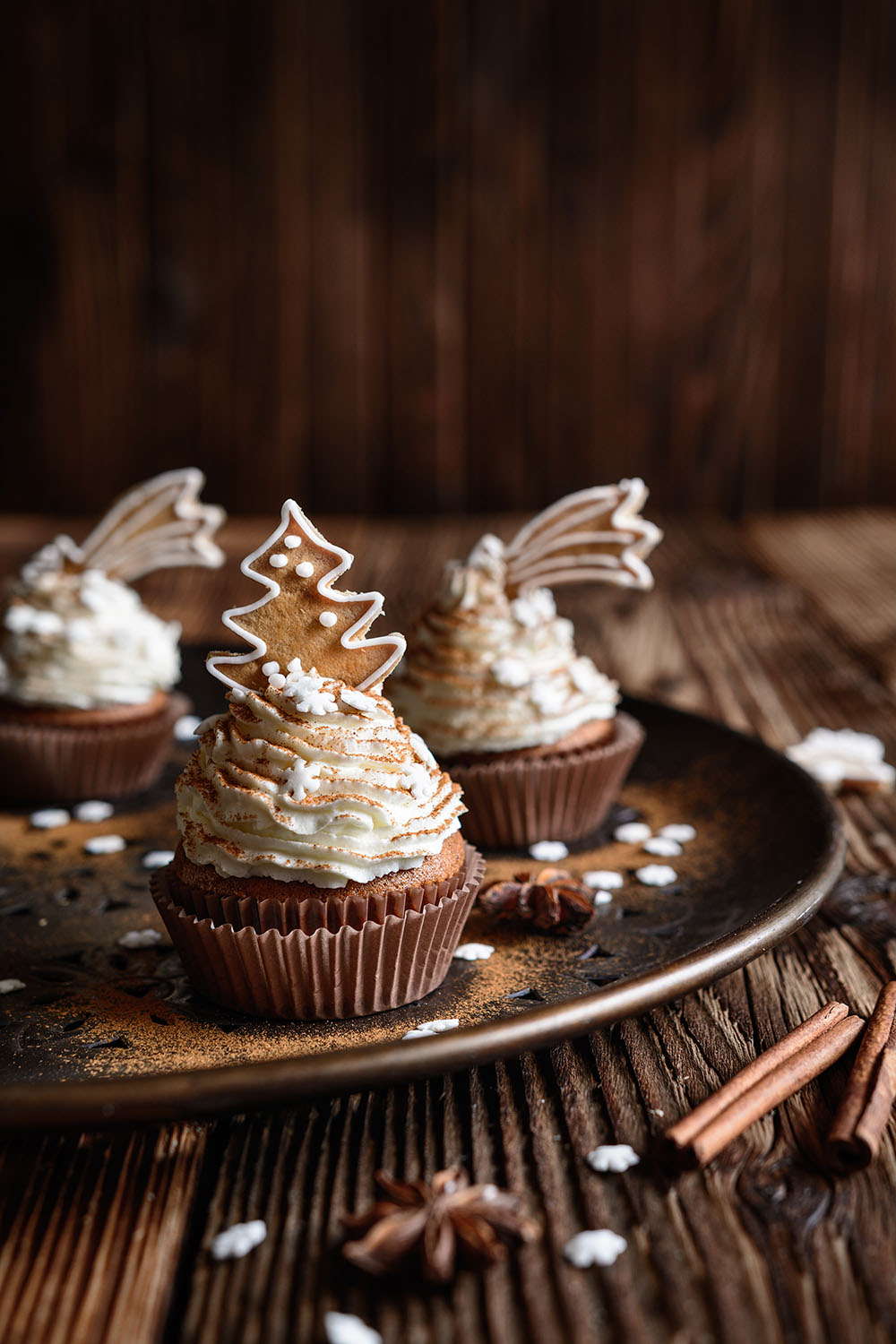Imagine that horror: your cake, the center of attention, decides to take a nosedive right in the middle of the party! It’s a real mood killer, and I totally get that sinking feeling.
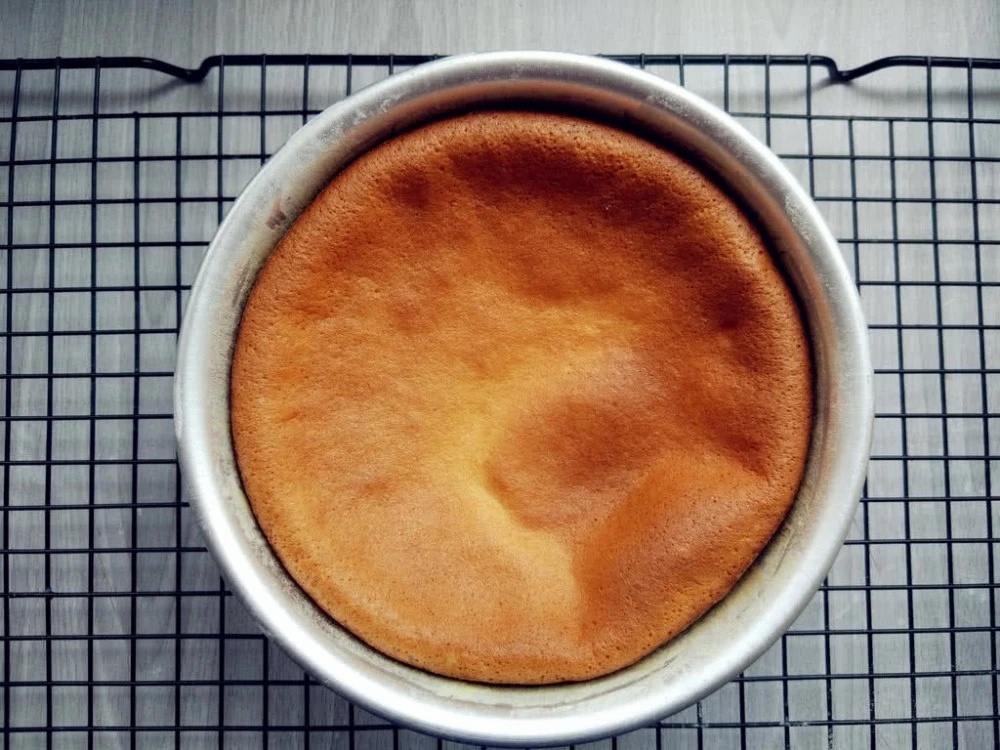
But hey, don’t wave the white flag just yet; I’ve got awesome tricks to rescue your cake balls and revive the party spirit! Keep scrolling for more.
What Causes A Cake To Sink In The Middle?
Using too-small tins, not mixing your wet batter right, or being too rough with the oven door often leads to a huge baking flop. Treat your cake batter with love, okay?
1. Your Cake Tins Are Too Small
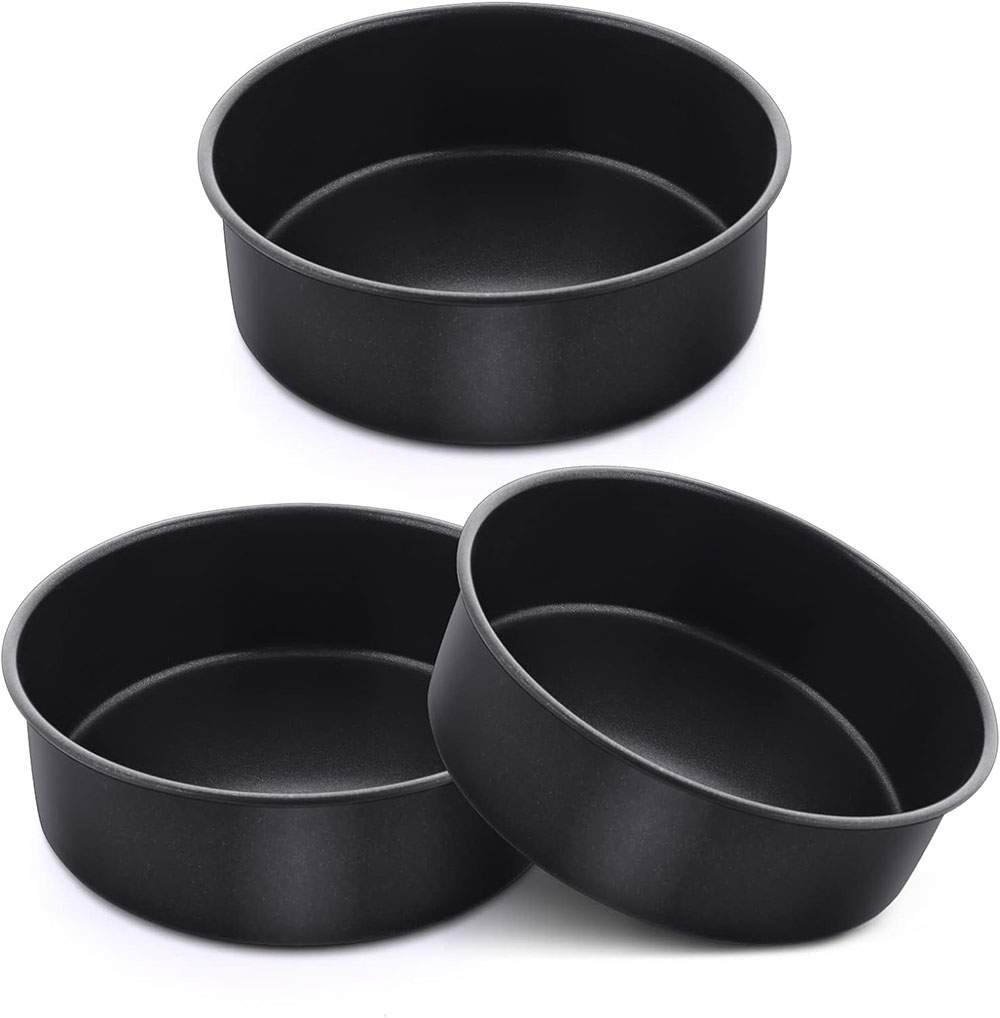
Recipes mention the specific cake tin size for a reason. For example, I usually go for two 10-inch cake tins for most of my baked treats! Now, if you decide to go rogue with smaller 8-inch tins or unite all the raw batter in a single tin, here’s the deal: you’ve got to adjust the cake recipe.
Why? Dumping too much batter into one tin is a recipe for sad baking disasters! It might crumble under the weight and collapse in the middle as it bakes, especially if the cake is supposed to have a soft, delicate structure like many of my dishes.
So, tin size matters, my friend! Pay attention to them and let your cake rise without drama.
2. Your Batter is Undermixed
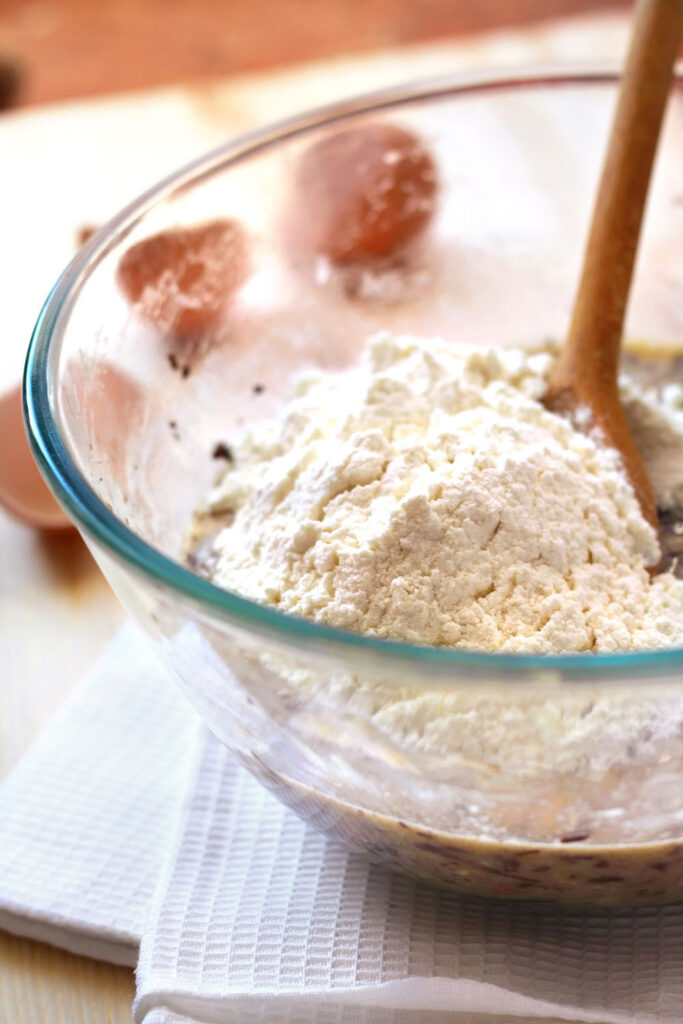
Remember that gluten is always the backbone of our baked delights. The key to unleashing its power is even mixing, which creates a robust network that holds your cake together!
But here comes the antagonist: undermixing issues. They leave you with weak, underdeveloped gluten that struggles to bear the load. The result? A tragic and sunken center, obviously!
Worse, undermixing also brings large air pockets to the center, leaving the rest of the cake super dense. As these pockets burst out, the unsupported center crumbles entirely; a true baking tragedy if you ask me.
Common chemical leaveners like baking powder and soda also need a proper mix to activate and spread their magic evenly. So undermixing is like an invitation to chaos: some areas rise too much, others too little, setting the stage for a huge cake collapse!
3. Your Batter Is Overmixed
You know, mixing isn’t just about combining wet and dry ingredients. It also brings air bubbles into the batter, which expand during baking time to turn your cake into a cloud-like, fluffy masterpiece!
However, finding the sweet spot in mixing is the key. Overmixing might trap too much air, and those once-friendly bubbles become large and unruly. Some burst too soon than we would have liked, causing uneven rising, you guessed it, the dreaded collapse in certain spots!
But that’s not all; overmixing is the ugly rebel that messes with our gluten, too. It breaks down all the delicate gluten strands, leaving a batter too dense to hold its shape. No wonder the cake center looks so sad and sunken! Worst of all, leaveners like baking soda and powder might release their gas too soon, further ruining the batter’s chance to puff up properly.
4. The Oven Door Is Opened Too Early When You Check The Cake

When you swing open the oven door, boom! All the hot air inside rushes out like it’s late for a meeting.
Now, your cake layers, in the middle of their baking groove, get hit with this sudden chill. The air bubbles (you know, the ones that help lift your fluffy cake to stardom) get totally thrown off; they cool down, shrink, and can’t carry the weight of the batter anymore. That sunken center is definitely not the party vibe we are going for!
And there’s the behind-the-scenes drama: your cake is still getting ready in the first half of the baking process. The gluten strands are busy networking, and leavening agents are starting to release their magic gases.
So when you throw that oven door open, it’s like yelling, “Everyone, stop whatever you are doing!” It messes with the set-up process and makes your cake more likely to crumble, especially if it hasn’t flexed its baking muscles enough before the interruption.
Oh, and there’s still more. The outer edges of your baked cake, getting a taste of the cooler air, might decide to party harder and bake faster than the center. It’s like having a VIP section that’s a bit too eager, and this imbalance only adds more to your sinking saga!
5. The Oven Temperature Is Too Low
You know how cakes need those cool leavening sidekicks (like baking powder) to rise and get all fluffy? They are like sleepy giants, waking up to release their gas at specific cooking temperatures.
Now, imagine popping your batch bakes into a low-temperature oven. It’s as if those leavening agents were trying to get out of bed on a cold Monday – sluggish and definitely not in their best state! The gas bubbles become lazy and expand at a snail’s pace, refusing to give your cake the lift it deserves. You will be left with a sad, dense cake that sinks hard, feeling the weight of its own existence!
And that’s not all. In the middle of this low-temp drama, the gluten network (the backbone of our baking, as I said earlier) takes forever to toughen up. It stays weak and wobbly, making your cake as fragile as a dry leaf due to the lack of moisture.
So, what happens next? Yep, you guessed it: the center gives in, and your cake ends up with a floppy middle. Not the exact showstopper you had in mind, I know!
6. You Slammed The Oven Door Hard When Closing It
Slamming that door might seem harmless, but oh boy, it can mess things up more than you’d think!
Your cake mixture is in its early baking phase, still figuring out its structure, and then bam! The sudden disturbance messes with its mojo. Those delicate air bubbles in the cake batter explode, and without that support, your rising cake is left a bit wobbly.
Worse, that forceful slam can stir up the air currents inside the oven. Some areas, especially the edges, might start partying (baking) faster than the center. With this uneven heat vibe, the center might just say, “You know what, I’m out,” and take a dip.
So, the moral of the story: treat your oven door gently. It might just be the silent culprit behind a cake catastrophe!
How To Fix A Cake Collapse in The Middle
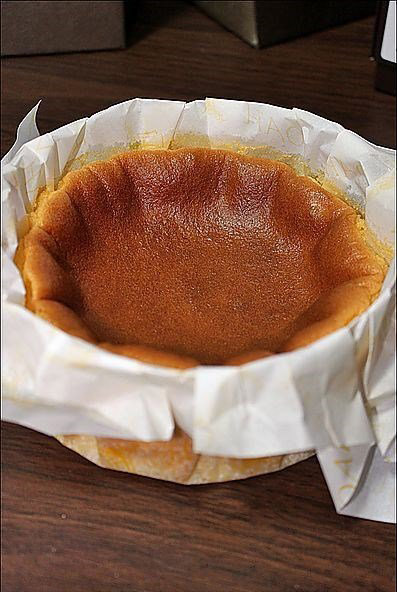
No need to panic; I’ve got some cool rescue missions depending on how bad the cake crash is!
If it’s only a minor hiccup, I usually just slap on some extra frosting or whipped cream to even things out. And I let myself get all artsy with decorations like piping or fruity slices; the distraction game is going strong here! Or you can be a cake surgeon and trim the wonky top with a serrated knife.
How about major meltdowns? Time to turn it into a surprise-inside wonderland!
Consider cutting out the sunken part and filling it with yumminess like fruit, whipped cream, or crushed candies. Or you can go the cake pop route: crumble, mix with frosting, dip in chocolate, and voila! A true flavor-packed makeover!
How to Prevent A Cake Fall
A rule of thumb: always use the right tin sizes and treat your oven door gently.
And remember to aim for that sweet spot between undermixing and overmixing. Stop the party when every dry and wet ingredient mingles just right; you certainly don’t want a wrestling match in your batter bowl! When you lift the mixer, the batter should fall back gracefully, not flop around like a kite in a storm.
Conclusion
Nobody wants a sunken cake catastrophe. But if it’s already in its meltdown mode, don’t worry; there are many ways to either chop off the sunken part or give it a clever disguise!
Shoot me a message if you need more tips. Happy baking!


